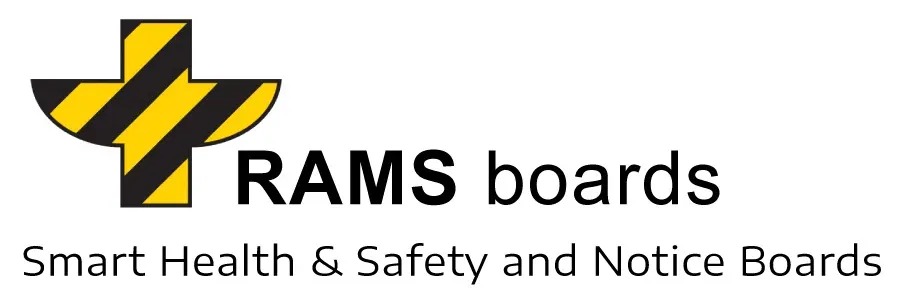RAMS BOARDS AND FIRE SAFETY
In the context of RAMS boards applicability and safety in areas at risk of fires or flammable material considerations, it’s crucial to delve deeper into the product, its components, and how it fares in such scenarios.
ABOUT RAMS BOARDS
Standing for Reliability, Availability, Maintainability, and Safety, RAMS boards are a critical tool designed for displaying health, safety, environment, and quality (SHEQ) information in construction areas. It’s a robust system optimized for heavy-duty, outdoor use, with variants dedicated for distinct uses such as mobile fire safety centres, autonomous fire point stations, and mobile first aid stations. Each unit is built using high-density polyethylene (HDPE), a recyclable, durable type of plastic that withstands a host of weather conditions.
SAFETY AND FLAMMABLE MATERIAL CONSIDERATIONS
RAMS boards are designed to meet safety standards and promote awareness about procedures, protocols, and precautions in hazardous workplaces, such as flammable materials storage or centres prone to fires. However, it’s important to understand that while RAMS boards are constructed using HDPE – a material resistant to high temperatures – it`s not entirely immune to combustion.
Therefore, direct application in an area with immediate and severe fire threats may require additional safety measures and precautions beyond the utility of RAMS boards. Nonetheless, in areas where the risk is mitigated, and safety protocols are in place, the boards` robust construction, which complies with the EURO code 1 for wind load action when ancored in accordance with Assembly Manual, can be a critical element in promoting fire safety information and ensuring workforce safety.
FIRE SAFETY IN CONSTRUCTION SITES
In construction sites, fire safety is a high-priority concern. This is where RAMS boards have immense applicability. They can be used as fire safety centres, equipped with fire safety documentation, emergency contacts, and essential equipment such as smoke detectors and alarms. The contents of the RAMS boards can be customized to suit the specific needs of the site, promoting fire safety preventative measures, fire emergency actions, and fire safety protocols.
Moreover, RAMS boards can be used to communicate essential fire safety procedures and regulations in numerous languages (thanks to the option for multilingual prints), ensuring that operators can quickly get the key fire safety information regardless of the primary language they speak.
CONCLUDING THOUGHTS
While RAMS boards are not flame-proof, they are an incredibly valuable tool in the realm of fire safety at construction sites or areas near flammable materials. Equipped with essential safety information and emergency contacts, they enable a proactive approach to fire safety, empowering workers with the knowledge they need to prevent a situation where fire safety is compromised.
In conclusion, the safety of RAMS boards within fire-prone environments or areas storing flammable materials can depend on numerous factors, with the primary focus placed on sound occupational health and safety management procedures, compliance with relevant regulations, and the implementation of essential fire safety measures.
As with any workplace safety instrument, RAMS boards should be employed as part of a broader, comprehensive safety and hazard management plan that is designed specifically to accommodate the unique requirements and risks of the site in question.
Note
It’s crucial for organisations to undertake a thorough safety assessment and consult fire safety specialists before integrating any safety equipment, including the RAMS boards, into a fire-prone area or within proximity to flammable materials.
